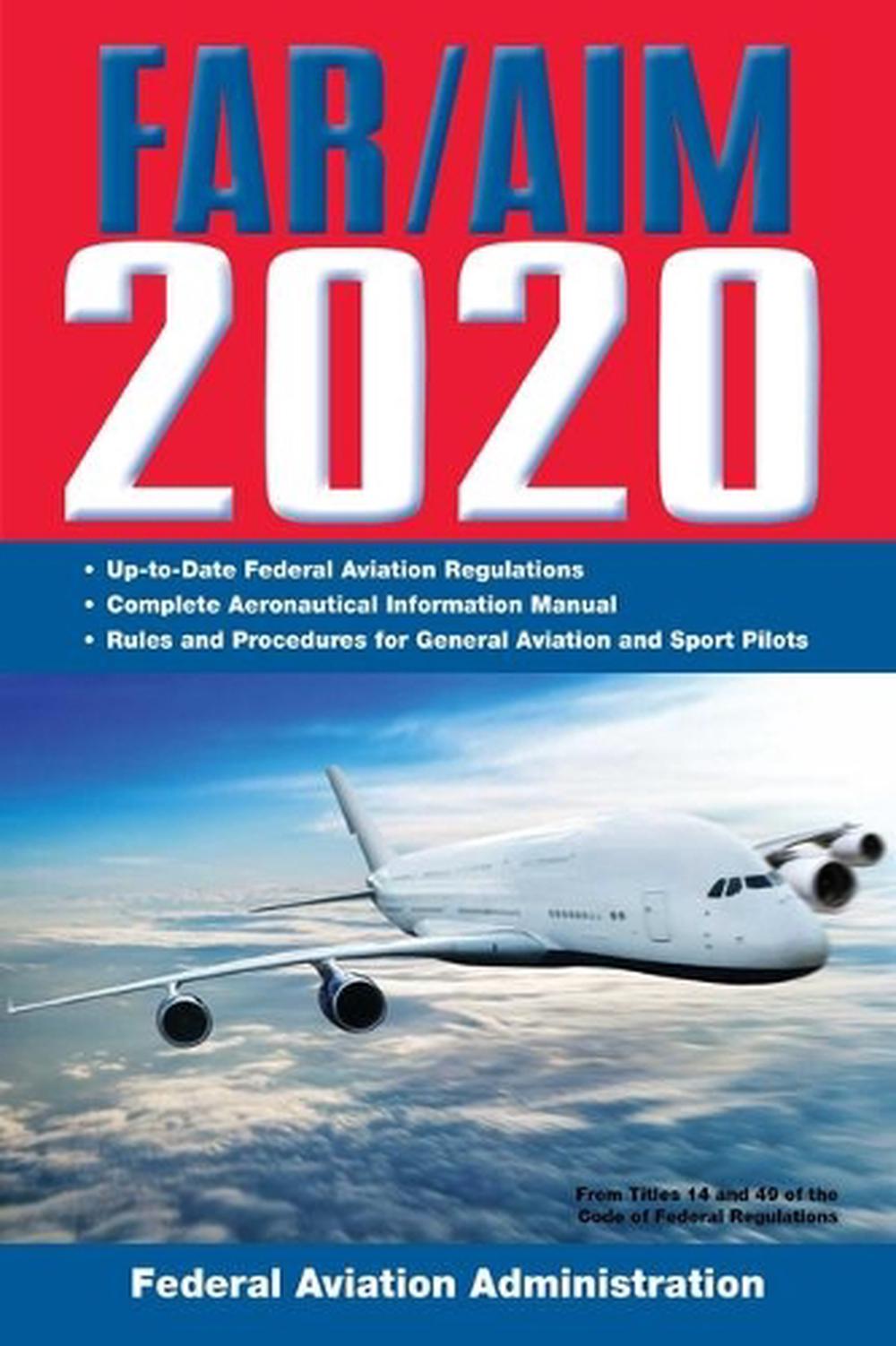
I did not see a reason why manned airplanes should share an airport under instrument flight rules with a visually operated unmanned aircraft.įlight Instructors Accepting Certificate Applications: In granting the CFI privilege of accepting certificate applications, the FAA would create an authority similar to a pilot examiner.

Unmanned Aircraft at Towered Airports: I asked the FAA to disallow unmanned flights at controlled airports when the ceiling is less than 1,000 feet. It is nice to allow unmanned aircraft to use these airports, but the “see and avoid” rule seems like a bad idea for these tiny machines. Unmanned Aircraft at Class G Airports: I asked the FAA to add coordination procedures for unmanned aircraft operating on or near uncontrolled airports. I am in favor of adopting new technologies, and I took the time to write some constructive comments for the official docket. A small unmanned aircraft, less than 55 lbs, could fly for commercial purposes up to 500 feet above the ground. The first proposal for unmanned aircraft regulations appeared in the Federal Register yesterday. Language left over from AIM 1-2-3(d) and Notice N 8900.218 indicate the non-GPS approach at the other location is required to “be flown without reliance on GPS.”Ĭontinue reading GPS Flight Planning – WAAS Going On? Posted on ApApCategories Aeronautical Knowledge Tags IFR 2 Comments on GPS Flight Planning – WAAS Going On? Unmanned Aircraft, See and Avoid?.A preflight RAIM prediction for the destination or the alternate airport is required.Pilots may plan for LNAV or CIRCLING minimums only, unless equipped for baro-VNAV.Pilots “may file based on a GPS-based IAP at either the destination or the alternate airport, but not at both locations.”.I found four basic rules for flying GPS without WAAS: That notice expired in 2014.Ģ014 – AIM 1-1-18(g)(1) superseded the obscure notice, making the alternate airport rules somewhat easier to find.Ģ015 – The published 2015 FAR/AIM is already obsolete because the rules changed again on 8 January 2015.
Far aim 2015 how to#
I’m starting with destination rules, because most flight plans begin with that basic question: Where to go and how to get there?Ģ013 – If you were aware of these rules a couple years ago, you knew to look them up in Published NOTAM No. Where to find the answers? Destination Alternates – Without WAAS Or maybe the rules have changed too many times to remember the current limitations. Maybe the airplane has an old receiver without WAAS capability.
Far aim 2015 manual#
Not only does this manual present all the current FAA regulations, it also includes: A study guide for specific pilot training certifications and ratings A pilot/controller glossary Standard instrument procedures Parachute operations Airworthiness standards for products and parts The NASA Aviation Safety reporting form Important FAA contact information This is the most complete guide to the rules of aviation available anywhere.It’s time to review the rules for planning an IFR flight with GPS navigation. This handy reference book is an indispensable resource for members of the aviation community, as well as for aspiring pilots looking to get a solid background in the rules, requirements, and procedures of flight training. In the newest edition of the FAR/AIM, all regulations, procedures, and illustrations are brought up to date to reflect current FAA data. In today’s environment, there is no excuse for ignorance of the rules of the US airspace system. If you’re an aviator or aviation enthusiast, you cannot be caught with an out-of-date edition of the FAR/AIM. Not only does this manual present all the current FAA regulations, it also includes: A study guide for specific pilot training certifications and ratings A pilot/controller glossary Standard instrument procedures Parachute operations Airworthiness standards for products and parts The NASA Aviation Safety reporting form Important FAA contact information This is the most complete guide to the rules of aviation available anywhere.



 0 kommentar(er)
0 kommentar(er)
